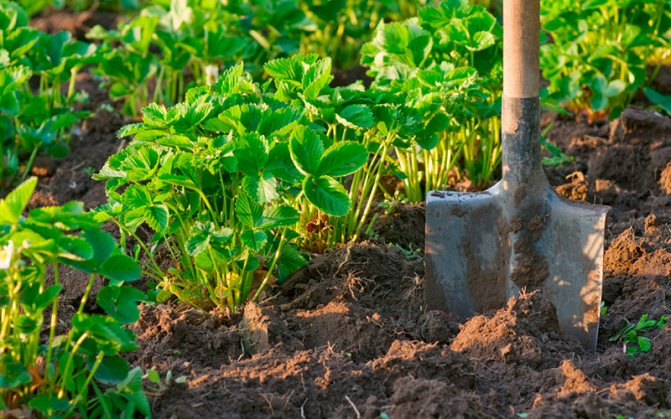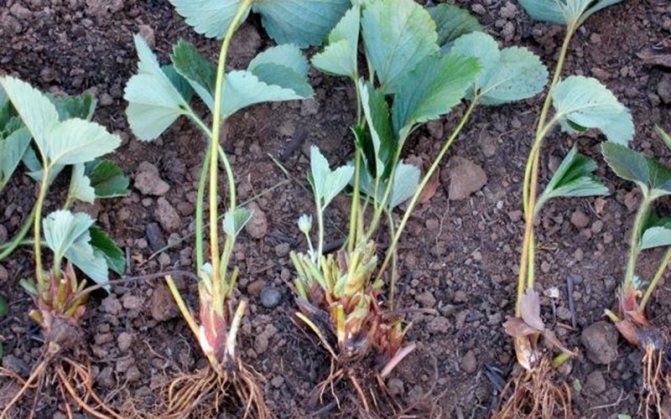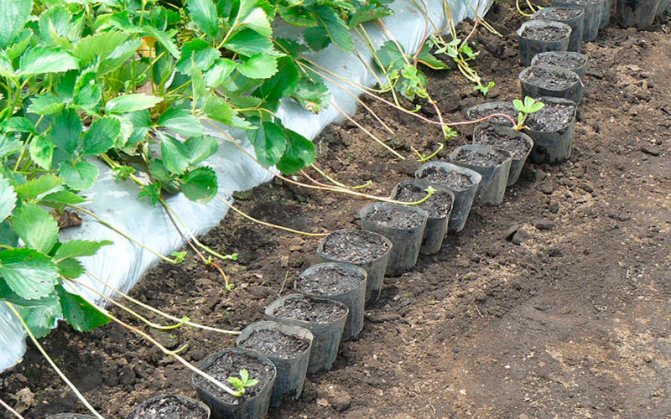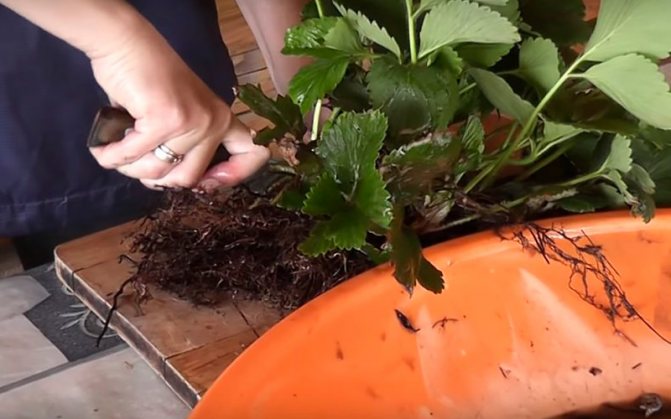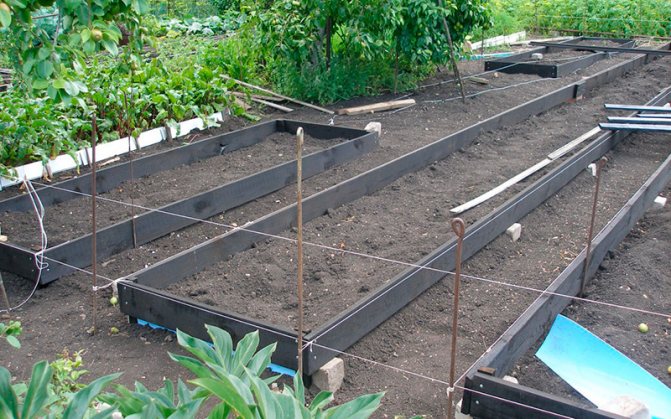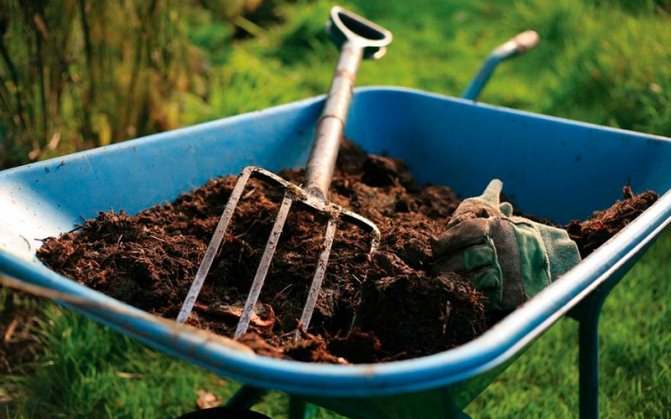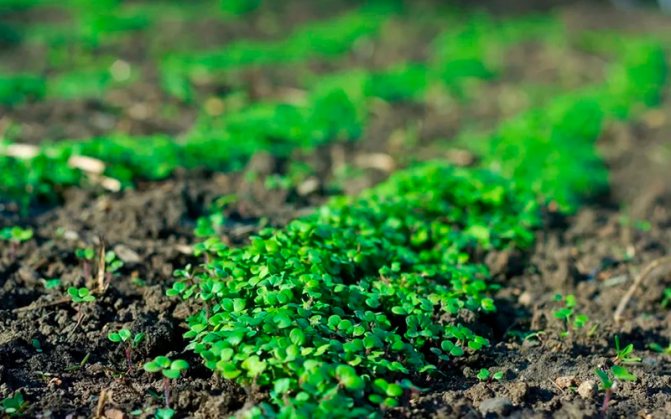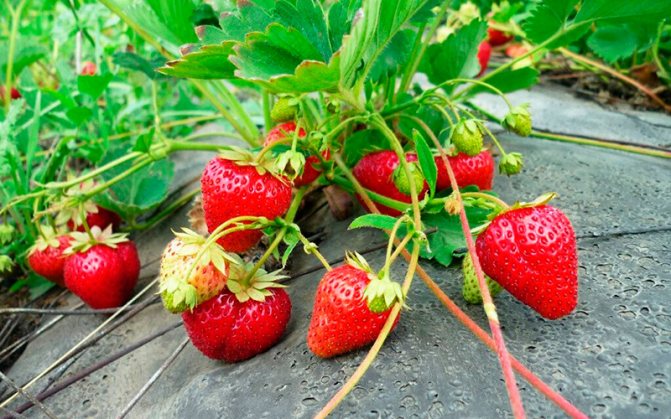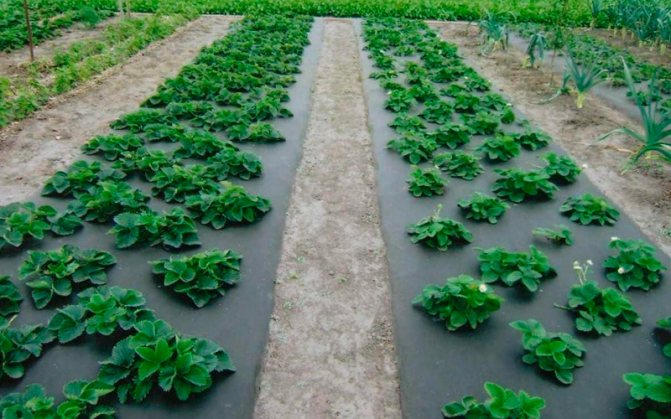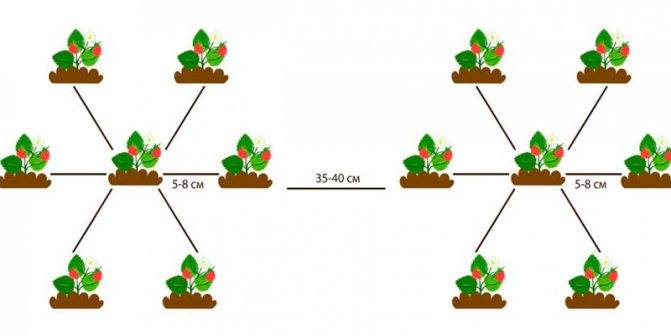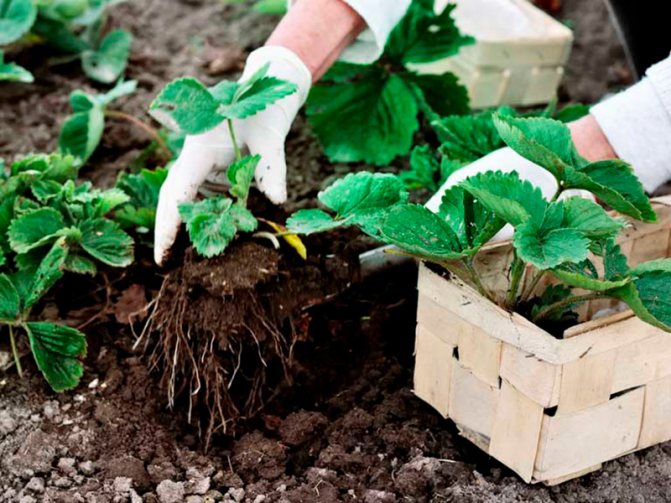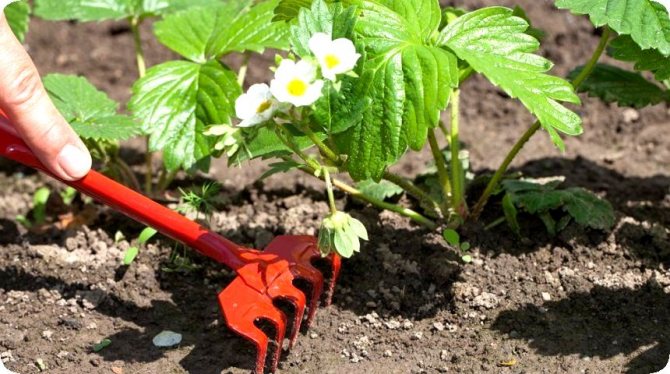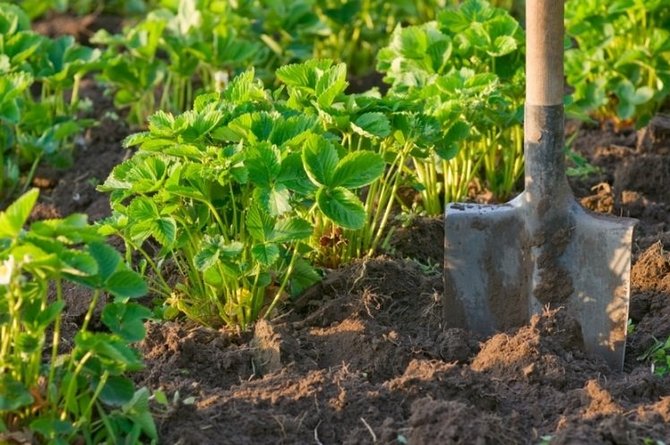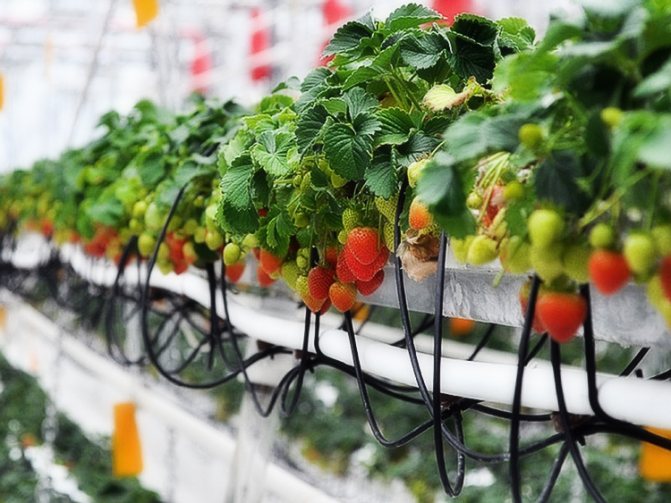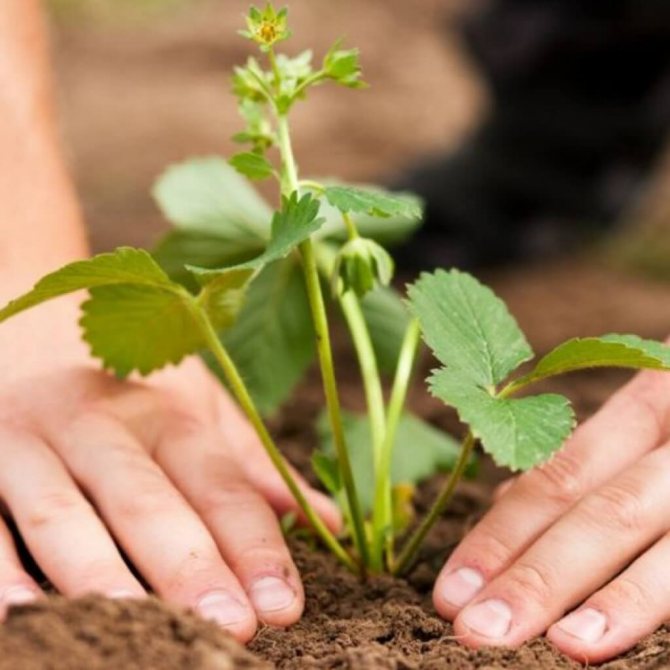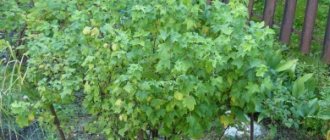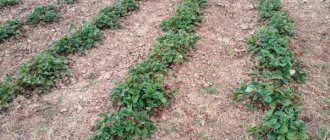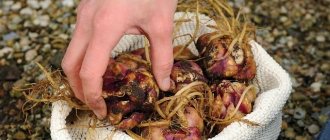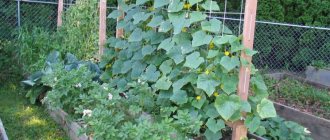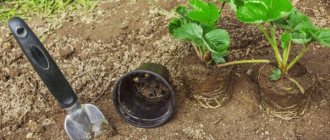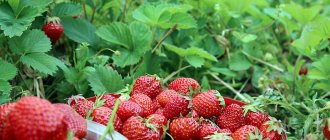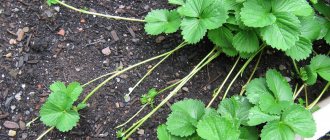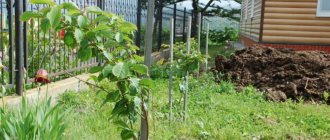Seasoned gardeners know that strawberry seedlings can be planted outdoors in spring, but the harvest this year will be extremely small. To speed up the process, you can plant the plant at the end of the season. Planting strawberries outdoors in autumn has several nuances.
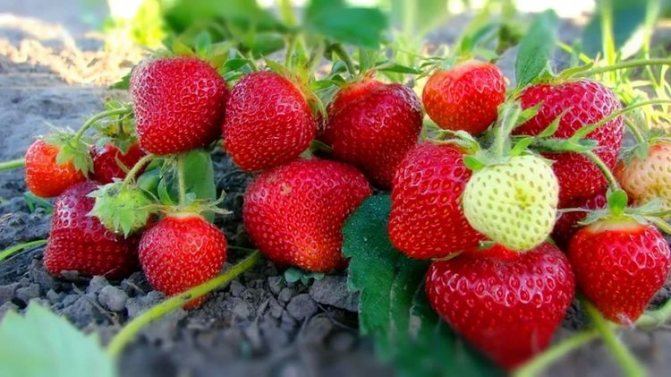
Let's talk about choosing the right place and how to equip the garden. We will show you which varieties of garden strawberries better tolerate autumn planting and give detailed instructions on this event.
Advantages and disadvantages
It is generally accepted that the optimal time for planting strawberries is spring.
- However, autumn planting has its advantages:
- the plant takes root faster and is less stressed;
- the harvest can be obtained in the first season;
- in the spring there is time for caring for other crops.
But, in addition to the obvious advantages, there is one very important drawback: the seedlings must have time to take root before the onset of the first frost. Otherwise, they will die.
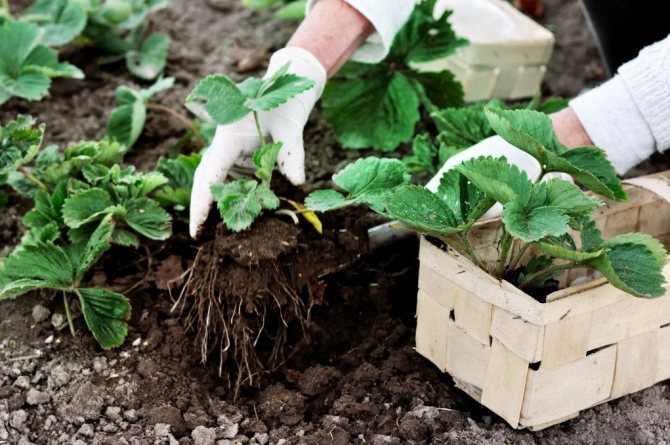

Only a well-rooted plant can withstand temperatures below zero.
How to prepare planting material
The ideal option for breeding is a healthy seedling bred from mother bushes. Such berry seedlings have maximum resistance to diseases and plant parasites, as well as form a larger yield. High-quality seedlings may have one or several horns, but they must be healthy and well-developed, light green in color, at least 7.0–7.5 mm thick. The root system of high-quality seedlings is branched, up to 7-8 cm long.
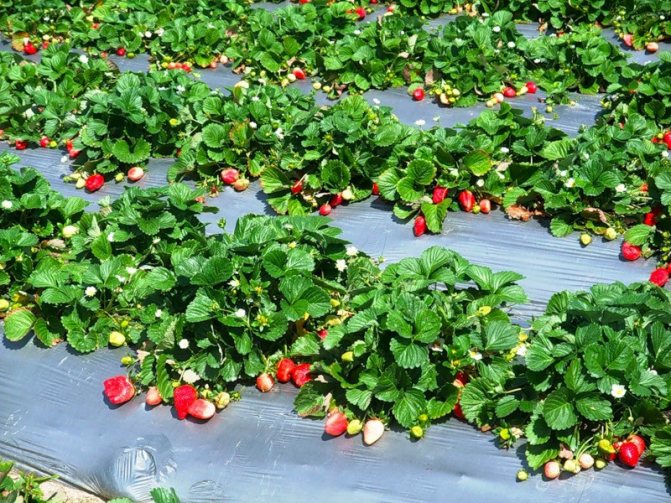

Strawberries on a covering material
The presence of dark or white dots on foliage indicates a fungal infection, and wrinkled young leaves are a common sign of a strawberry mite. Strawberry foliage must be of a juicy green color, leathery and shiny, with a characteristic and very noticeable pubescence. The minimum number of leaves is 3-4 pieces.
In preparation for planting, roots that are too long are shortened, and diseased, rotten or dry parts are neatly trimmed. Strawberry roots must be soaked for an hour and a half in a container with Epin or Kornevin growth stimulant. A good result is obtained by soaking the roots in an aqueous garlic infusion. Such a preventive measure significantly increases the natural immunity of the berry plant, and also helps to scare away harmful insects at the rooting stage.
Planting dates for strawberries
The term for planting strawberries in autumn is determined based on certain conditions.
Calendar conditions
According to the calendar conditions, there are three planting dates:
- early (from August to October);
- medium (from September to mid-October);
- late (produced in October-November, before the onset of the first frost).
In order to get a high yield in the first spring, you should give preference to an early or medium planting date.
Which soil to choose
To begin with, it is worth checking the soil on the site: if it is loose and rich in nutrients, this is a good start. Not all gardeners are so lucky. Strawberries dislikes:
- dense soils;
- excess groundwater or irrigation;
- increased acidity.
This knowledge will help you select the optimal soil and correct the existing soil.
Chernozem
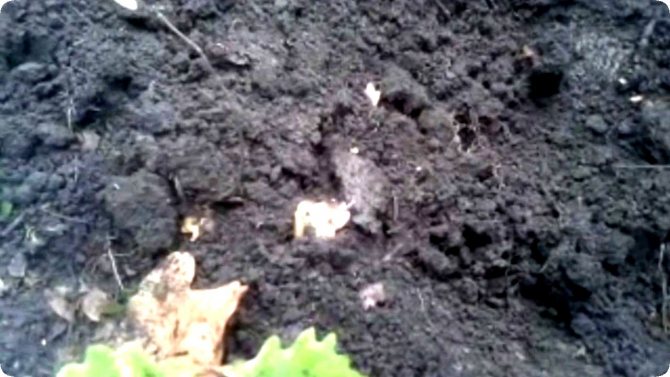

The best option for growing berries is black soil or dark forest soil. In future beds, you need to add nutrients - manure or humus.
Clay soil
If the soil is initially clay, strawberries will grow extremely poorly. This soil should be mixed with river sand, sawdust can be added. The purpose of these actions is to lighten the clay and create conditions for better aeration.
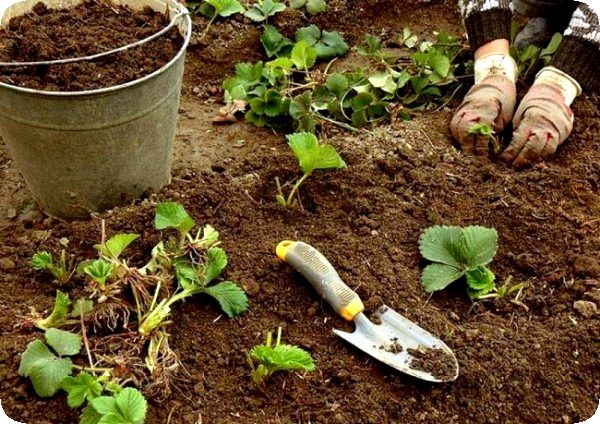

The second problem that a gardener may face is the increased acidity of such soil. Slaked lime will help to reduce it, which must be applied at the rate of 500 g per 1 m2. However, with this method, young strawberry seedlings will not be taken into the soil, so they can be planted only a year after the procedure. A faster method of reducing acidity is the use of deciduous tree ash, which is applied in a proportion of 1 cup per 1 m2.
Sandy soil


The peculiarity of sand is that it contains almost no nutrients, and it heats up very quickly. Based on this, two problems arise: lack of nutrition and overheating of the roots. To solve them and compact the structure, manure, peat or compost are added at the rate of 7-10 kg per 1 m2 of soil. After that, it takes time to shrink. Usually a week is enough.
Landing rules
In order to get a high yield and large berries, it is necessary to take seriously the choice of planting material and the planting process.
Selection of seedlings
When buying seedlings, you should give preference to a proven nursery, as this guarantees the acquisition of a healthy plant.
In addition, when buying, you should pay attention to:
- leaves (no stains and damage);
- heart (not decayed or dried out);
- root collar (without stains and rot);
- root system (well developed).
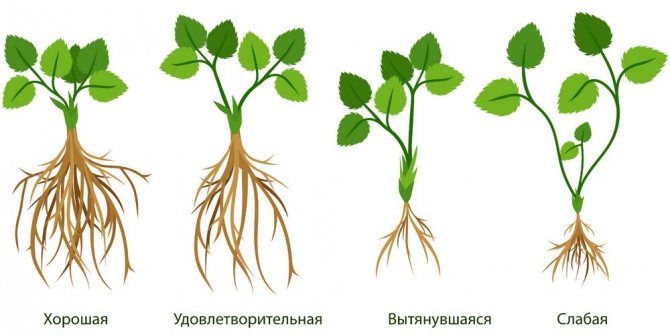

Garden bed preparation
When preparing a bed, the first thing to do is to dig up the soil, as well as get rid of weeds. If desired, peat mixed with ash can be added to the soil. This will help loosen the soil and retain moisture.
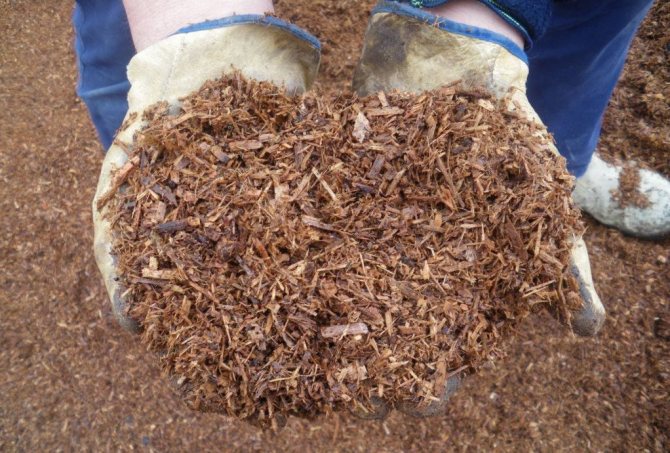

For the same purposes, you can use rotted sawdust.
Planting strawberries
There are several ways to plant strawberries.
Important! Pay attention to the roots and hearts for any planting method. The roots should be straight and the hearts should be at ground level.
Under agrofibre
- Landing under agrofibre has a number of advantages:
- berries do not come into contact with the ground;
- the root system is protected from freezing;
- the need for weeding is eliminated.
Strawberries are planted under agrofibre according to the following scheme:
- Trapezoidal beds 50–80 cm wide and 20–50 cm high are formed on the prepared soil.
- Agrofibre is laid, the edges of which are fixed with staples or stones.
- The agrofibre is used to mark the future planting.
- In marked places, cross-shaped cuts are made in which seedlings are planted.
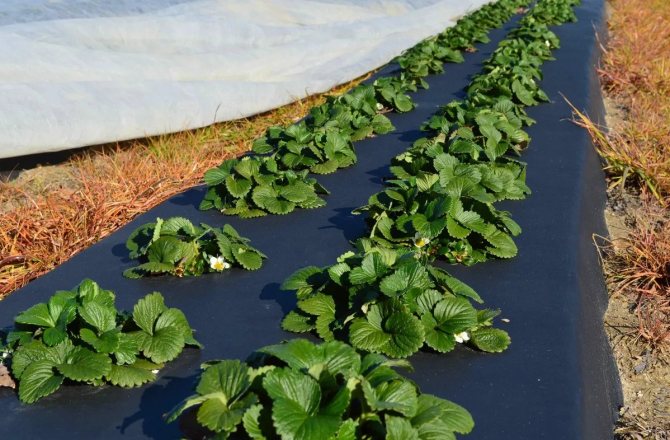

Black film
This method captivates with its low cost, but has a number of disadvantages. So, under the film, the soil overheats in the summer. In winter, this type of shelter does not help to keep warm and it is required to additionally insulate the beds with straw. The preparation of the garden bed is similar to the preparation for planting under agrofibre.
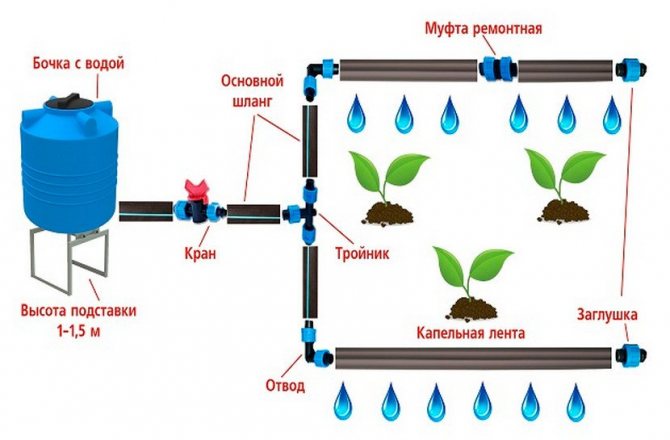

However, it should be borne in mind that the film is not capable of passing moisture, therefore, a drip irrigation system should be mounted under it.
In open ground
When planting in open ground, you must first remove the weeds, dig up the soil to a depth of 20-25 cm. The height of the formation of the beds depends on how deep the groundwater is. With a close location of groundwater, the height of the bed should be at least 40 cm. In dry areas, you can do without the formation of beds.
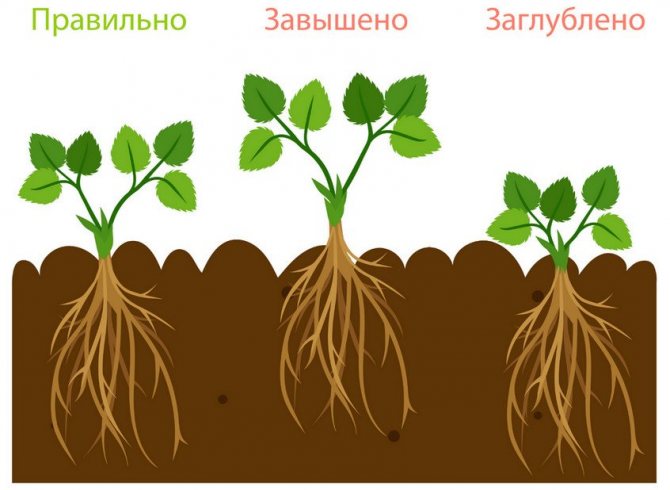

Where to plant on the site
The most suitable place for a strawberry garden is sheltered from the wind open solar area, since the berry grown in the shade ripens more slowly, and significantly loses in taste.
Important! For strawberries to bear fruit well, it is not recommended to grow them in one place for more than four years.
The best yield can be obtained on black soil, sandy loam and loamy soil. In a sandy or clayey area, the result will be worse. And the swampy area for growing strawberries is not suitable at all. An excellent option would be a site where green manures (legumes, cereals and some crucifers) were previously grown.
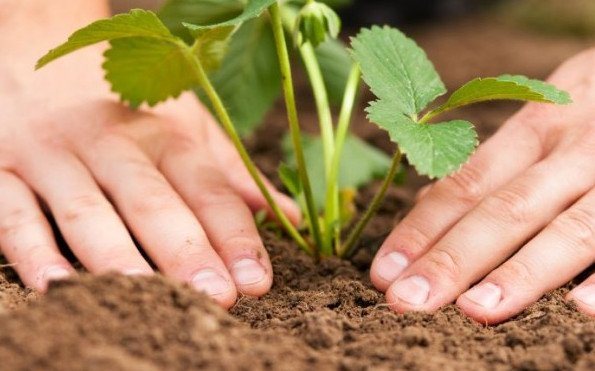

If you plan a place for autumn planting of strawberries in the spring and break beds with the indicated crops on it, you can manage to harvest green manure and at the same time save on fertilizer for strawberries, since the soil will be enriched with nitrogen and other nutrients. But after tomatoes, cucumbers, potatoes, cabbage, peppers and eggplants, asteraceae and buttercups, it is not worth planting strawberries, since these plants have common pests that can remain in the ground.
If you have a small area, you can build a pyramid or vertical bed to grow strawberries.
Care for strawberries after planting
In order to get a high yield, it is necessary to ensure proper care of the plant, follow the rules of watering and feeding. The main task for an autumn planting is to build up the root system, which will help the plant to overwinter.
Watering
After planting, you should observe the strawberries daily for a week. Watering is carried out every other day. If, with sufficient watering, the lower leaves dry out, remove them, this will help the seedlings to begin faster.
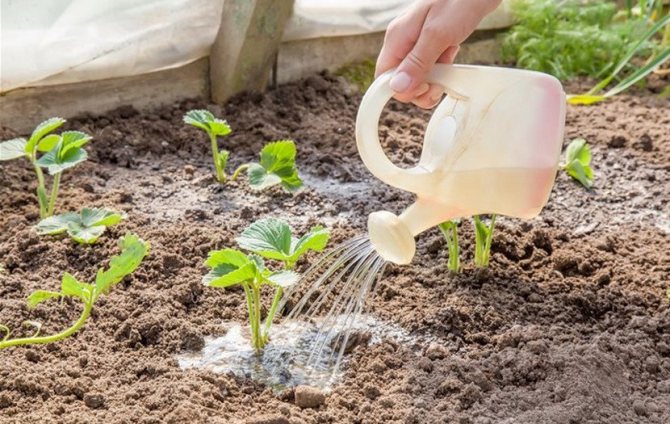

Water should not get on the leaves of the seedling, and also be cold. After rooting, watering is gradually reduced.
Top dressing
Strawberries are planted in pre-prepared soil, and they do not need feeding for 3-4 years.
Important! For autumn planting, fertilizer should be applied at the beginning of summer.
Preparing for winter
Strawberry is a fairly frost-resistant plant, however, for a favorable wintering, she needs a large amount of snow. In order to retain more snow in the beds, they should be mulched. Sawdust, peat, fallen leaves or spruce branches are suitable as mulch.
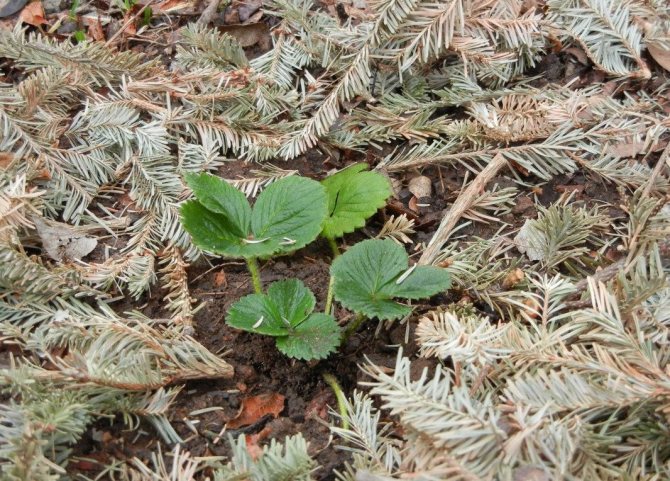

When to plant strawberries depends on many factors. After studying the climatic features of the area and talking with experienced gardeners, you can choose the most favorable time and get a bountiful harvest.
Preparation of seedlings
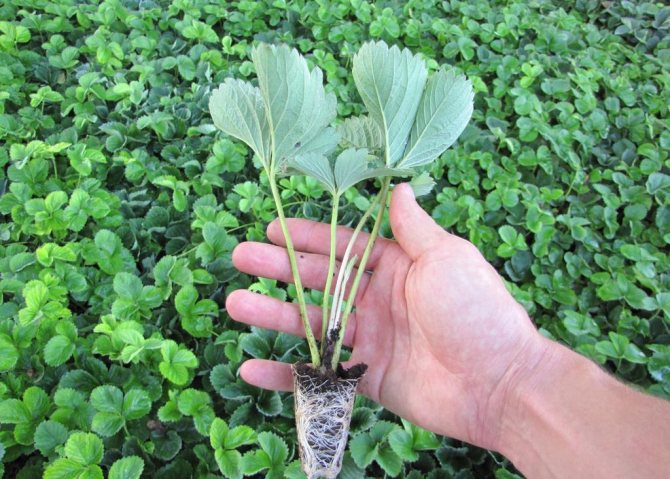

It is best to start preparing seedlings with a visual inspection a week before the intended planting.
After that it is necessary:
- remove excess leaves on the seedling, leaving 3-5 pieces;
- shorten long roots up to 10 centimeters;
- to treat fungal infection with fungicides;
- wrap with moss or lightly sprinkle with earth from drying out and leave in a cool, dark place;
- water the seedlings about an hour before planting, soak the roots.
For root soaking it is recommended to use:
- garlic infusion - to scare off pests;
- clay talker - to ensure better survival and protect the roots from drying out;
- growth biostimulant - promotes rooting and further development of the bush.
The process of preparing seedlings after that can be considered complete.

